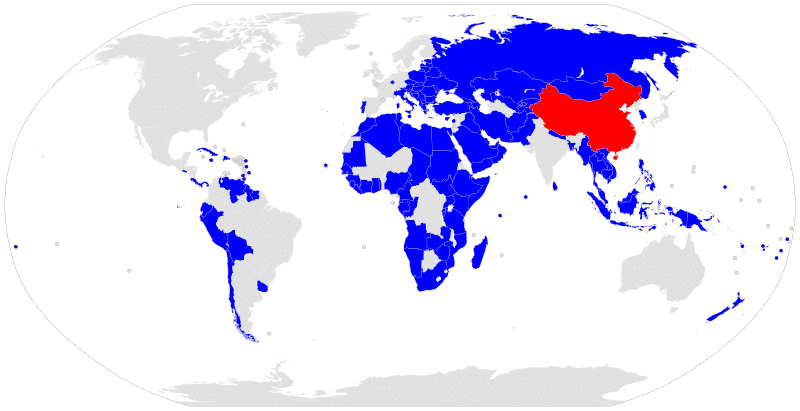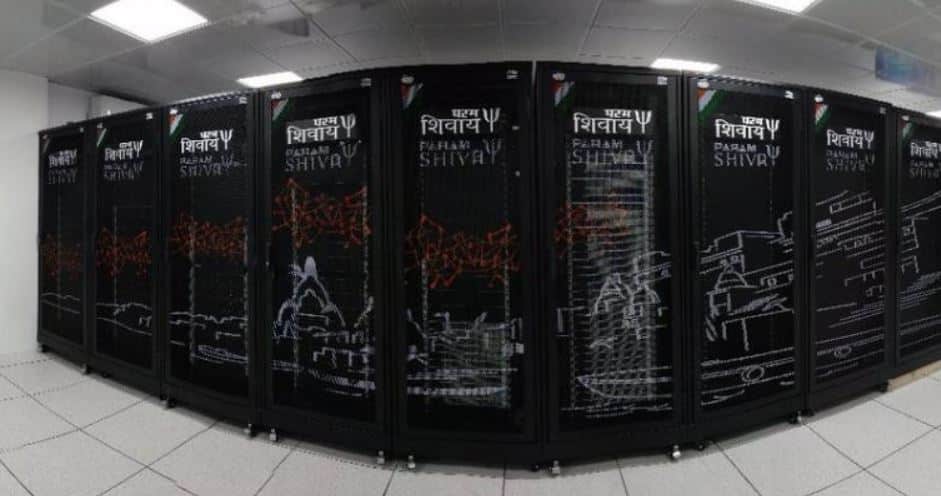Table of Contents
Belt and Road Initiative BRI Project | UPSC – IAS
The Belt and Road Initiative is a global development strategy adopted by the Chinese government involving infrastructure development and investments in 152 countries and international organizations in Asia, Europe, Africa, the Middle East, and the Americas.
- “Belt” refers to the overland routes for road and rail transportation, called “the Silk Road Economic Belt“; whereas “road” refers to the sea routes, or the 21st Century Maritime Silk Road.The BRI announced in 2013, is made up of a “belt” of overland routes and a maritime “road”, which aims to connect Asia, Europe and Africa.
- It was known as the One Belt One Road (OBOR) and the Silk Road Economic Belt and the 21st-century Maritime Silk Road until 2016 when the Chinese government considered the emphasis on the word “one” was prone to misinterpretation.
- The 21st Century Maritime Silk Road designed to provide an impetus to trade from China to Europe through the South China Sea and the Indian Ocean, and from China through the South China Sea towards the South Pacific.
The Chinese government calls the initiative “a bid to enhance regional connectivity and embrace a brighter future”. Some observers see it as a push for Chinese dominance in global affairs with a China-centered trading network. The project has a targeted completion date of 2049, which coincides with the 100th anniversary of the People’s Republic of China.

Significance of Belt and Road Initiative (BRI) Project | UPSC – IAS
- In the wake of the global slowdown, BRI offers a new model of development to China to maintain its economic growth. OBOR envisions building networks of roadways, railways, maritime ports, power grids, oil and gas pipelines, associated infrastructure projects which helps Chinese economy.
- BRI has domestic and international dimension: as it visualises a shift from developed markets in the west to developing economies in Asia, Africa And a shift in China’s development strategy concentrating on provinces in central and western China instead of the developed east coast region.
- Strategically important as China utilizes its economic clout to build it soft power.
Criticism and Issues with Belt and Road Initiative (BRI) Project | UPSC – IAS
- Debt-trap diplomacy of China where BRI projects are pushing recipient countries into indebtedness and do not transfer skills or technology. For instance, Hambantota port, where Sri Lanka was forced to lease the port to China for 99 years. Also, there has been rethinking of projects in Malaysia, Maldives, Ethiopia and even in Pakistan.
- BRI represents political and economic ambitions of China making countries like the US, Japan, Germany, Russia, and Australia unhappy about the impact of Beijing’s moves on their own economic and political interests.
- China-Pakistan Economic Corridor (CPEC), an important component of BRI, passes through Pakistan-Occupied Kashmir, is the main reason for India signaling its displeasure over BRI and not participating in both the BRFs.
Other concerns raised include:
- operational problems
- lack of information transparency
- lack of evaluation on the impact of regional social culture
- Over-expansion of the scope of the types of BRI projects,
- Environmental concerns stemming from China’s infrastructure buildout
Why India should join Belt and Road Initiative (BRI) Project ? | UPSC – IAS
- India as a participant of Asian era: Projected as Project of the century, BRI signals the political end of the old order where the G7 shaped the economic agenda. BRI involves 126 countries and 29 international organizations covering half of world’s population, and India may be isolated from this new economic order.
- Shaping global economic rules: BRI is evolving standards of multilateralism, including linkages with the United Nations SDGs. The IMF described it as a “very important contribution” to the global economy and is collaborating with the Chinese authorities on sharing the best international practices, regarding fiscal sustainability and capacity building. Being part of it, India can also shape new economic global rules.
- A platform for voicing Indian concerns: Italy, a member of the G7, also joined BRI, and Japan also sent special envoy, despite its reservations over project. India could also have raised concerns by joining the BRF.
- India should provide alternatives and solutions– rather than merely criticizing the project. India should improve its implementation performance so as to provide a viable option to other countries.
Why India is boycotting Belt and Road Initiative (BRI) Project ? | UPSC – IAS
- CPEC violates India’s sovereignty as it passes through the part of the Pakistan-occupied Kashmir that belongs to India and no country can accept a project that ignores its core concerns on sovereignty and territorial integrity.
- India also raised concerns regarding unsustainable debt trap, environmental concerns, and transparency in assessment of project costs, and skill and technology transfer to help long term running and maintenance of the assets created by local communities.
- India is too big to be isolated and India’s continued objection will make China to consider its core concerns.
A Way forward | UPSC – IAS
- India should highlight its territorial concerns to China and seek appropriate response recognising India’s sovereignty.
- India should give a South Asian character to the two BRI corridors on India’s western and eastern flanks, by linking them with plans for connectivity in the ASEAN and SAARC region.
- India can cooperate with like-minded countries like Japan, US, Australia to provide alternatives to BRI, e.g. Asia-Africa Growth Corridor etc.












Best